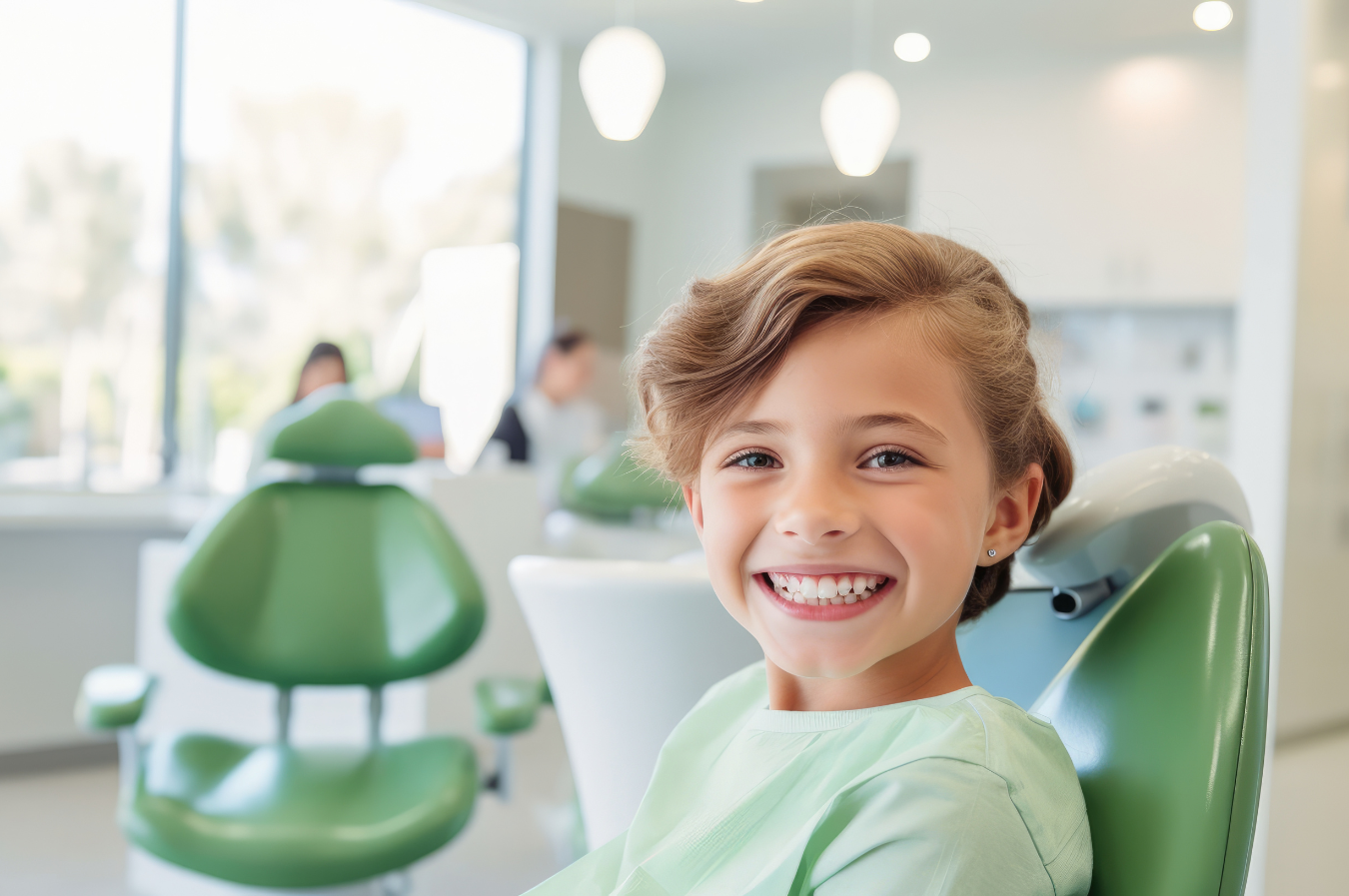Establishing healthy habits early in life sets the foundation for a lifetime of good oral health. One of the most important routines for children is regular dental cleanings. While brushing and flossing at home are essential, professional cleanings give kids the extra support they need to prevent cavities, fight plaque, and feel confident about their smiles.
Dental cleanings are simple, effective, and—when done in the right environment—can even be fun. Whether you’re bringing your toddler in for their first visit or scheduling another six-month checkup for your grade-schooler, understanding what to expect and how to prepare can make the process smoother for both you and your child.
Why Dental Cleanings Matter So Much in Childhood
Young children are especially vulnerable to tooth decay. Their enamel is thinner than that of adults, they’re still learning proper hygiene habits, and many love snacking on sugary treats. A regular dental cleaning helps combat those risks by:
- Removing plaque and tartar — Brushing can’t always reach every spot, especially near the gumline or between tight teeth.
- Preventing cavities — Early removal of buildup reduces the chance of decay developing.
- Catching problems early — Dentists can spot signs of trouble before they turn into bigger issues.
- Reinforcing good habits — Kids get feedback on their brushing technique and are encouraged to care for their teeth.
- Building dental comfort — Frequent visits help kids feel at ease in the dental chair, which pays off long term.
In places like Albany, NY, where families are balancing busy schedules, getting on a consistent cleaning routine twice a year can make oral care simpler and more effective.
What Happens During a Pediatric Dental Cleaning?
Dental cleanings for children are designed to be gentle, quick, and educational. A typical appointment includes:
1. Review and Introduction
The hygienist or dentist will start by asking questions about brushing habits, diet, and any concerns. They’ll also explain what will happen during the cleaning, using child-friendly terms and visuals.
2. Plaque and Tartar Removal
Using special tools, the hygienist gently removes plaque and hardened tartar from the surface of the teeth, especially around the gumline and between the teeth.
3. Polishing
After scaling, a flavored polishing paste is used with a soft rubber cup to smooth the teeth and make them shine. Many kids love picking their favorite flavor.
4. Flossing
The hygienist will floss between the teeth to clean the areas a toothbrush can’t reach—and show your child how it’s done.
5. Fluoride Treatment
If appropriate, a fluoride gel or varnish is applied to help strengthen the enamel and protect against future cavities.
6. Dental Exam
A dentist will perform a quick exam to check for signs of decay, gum issues, alignment concerns, or developmental abnormalities.
7. Education and Rewards
The team may demonstrate proper brushing/flossing techniques and offer a small prize or sticker to celebrate the visit.
At What Age Should Kids Start Getting Cleanings?
The American Academy of Pediatric Dentistry recommends that children have their first dental visit by age one—or within six months of their first tooth erupting. While cleanings may not be needed that early, it’s important to establish the habit of regular checkups early.
By age two or three, most children benefit from professional cleanings every six months. Your pediatric dentist will guide you on the right schedule based on your child’s needs and oral health history.
Making Dental Cleanings a Positive Experience
Many parents worry about how their child will respond to a dental visit. Fortunately, pediatric dental teams are trained to create a welcoming, low-stress environment. Here’s how you can help:
- Talk positively about the dentist — Avoid using words like “hurt” or “drill,” even if you’re trying to prepare them.
- Read books or watch shows about dental visits — Familiar stories help normalize the experience.
- Let your child ask questions — Allowing them to express curiosity or even fear helps them feel more in control.
- Bring a comfort item — A stuffed animal or favorite toy can provide reassurance.
- Choose a pediatric dentist — These offices are designed with kids in mind and know how to manage fears, wiggly behavior, and short attention spans.
The goal isn’t perfection—it’s building familiarity, comfort, and trust over time.
How to Support Good Habits at Home
Between dental cleanings, daily care at home plays a huge role in your child’s oral health. These tips help reinforce what they learn at their dental visits:
- Brush twice daily — Use a pea-sized amount of fluoride toothpaste and a soft-bristled brush.
- Floss daily — Start flossing as soon as two teeth touch.
- Limit sugary snacks and drinks — Water is best between meals.
- Stick to a routine — Morning and bedtime brushing creates consistency.
- Make it fun — Use a timer, play music, or reward consistency with a chart or stickers.
If your child resists brushing, try brushing together, letting them brush your teeth, or offering choices like toothpaste flavor or brush color.
Common Questions Parents Ask
What if my child has a cavity?
Early detection is key. If the dentist finds a small cavity during a cleaning, they’ll discuss treatment options and timing with you.
Can baby teeth get professional cleanings?
Absolutely. Even though baby teeth eventually fall out, keeping them clean and healthy is vital for proper speech, eating, and space for adult teeth.
Are fluoride treatments safe?
Yes. Fluoride treatments are safe when administered by a dental professional and are an effective tool for preventing cavities in children.
Start Healthy Habits Early for a Lifetime of Smiles
Dental cleanings aren’t just about the moment—they’re part of a bigger picture: helping kids feel confident in their dental care, stay cavity-free, and develop habits that will last a lifetime.
If you’re looking for pediatric dental cleanings in Albany, NY, with a team that knows how to keep things calm, kid-friendly, and effective, schedule your child’s next visit with a local provider today.

